Technology has rapidly transformed from a supplementary tool to an essential component of effective teaching and learning in the classroom. As we progress through the academic year, educators are discovering innovative ways to harness digital resources to create more engaging, personalized, and effective learning experiences. This transformation isn’t just about adding the newest technology to classrooms—it’s about fundamentally reimagining how we teach and learn in a digital age.
Understanding Educational Technology
The integration of technology in education represents more than just the mere presence of devices in classrooms. It encompasses a comprehensive approach to enhancing the learning experience through digital tools and methodologies.
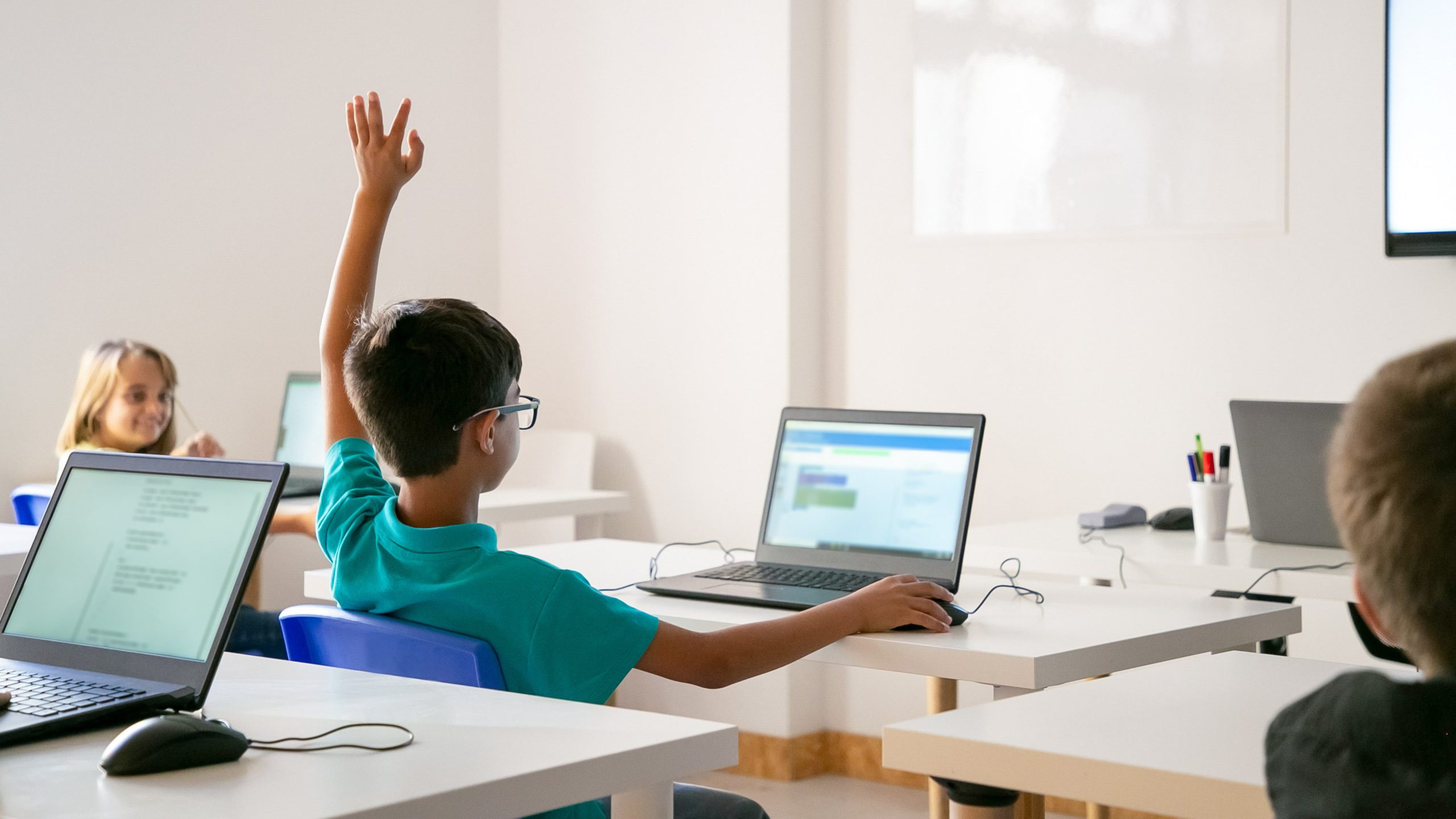
What is Educational Technology?
Educational technology, often referred to as "EdTech," is the combined use of computer hardware, software, and educational theory to facilitate learning and improve student learning potential. The goal isn’t just about which digital devices to introduce into classrooms; it’s about integrating technology in ways that become routine, transparent, and accessible, supporting curricular goals and helping both students and teachers achieve their objectives.
For teachers, EdTech serves as a powerful tool that streamlines lesson planning, automates administrative tasks, provides real-time analytics on student performance, and creates opportunities for professional development. When technology integration is at its best, students and teachers don’t consciously think about using technology tools—they become second nature, seamlessly woven into the fabric of daily teaching and learning processes. Teachers can leverage these tools to differentiate instruction, enhance classroom management, provide personalized learning experiences, and focus more on students’ individual academic needs.
The Evolution of Technology in the Classroom
The integration of technology in education has evolved significantly over the past century, beginning with radio broadcasts in the 1920s and advancing through overhead projectors, videotapes, and photocopiers by the mid-20th century. The computer revolution of the 1980s, spearheaded by Seymour Papert’s Logo programming language and the rise of Apple computers, marked a pivotal shift in classroom technology. By the late 1990s, student computing programs began transforming learning environments, paving the way for modern classroom tools like iPads and Chromebooks. Today, classrooms are replacing traditional dry erase boards with advanced technologies such as interactive whiteboards, virtual reality headsets, and artificial intelligence tools, redefining how students engage with learning materials.
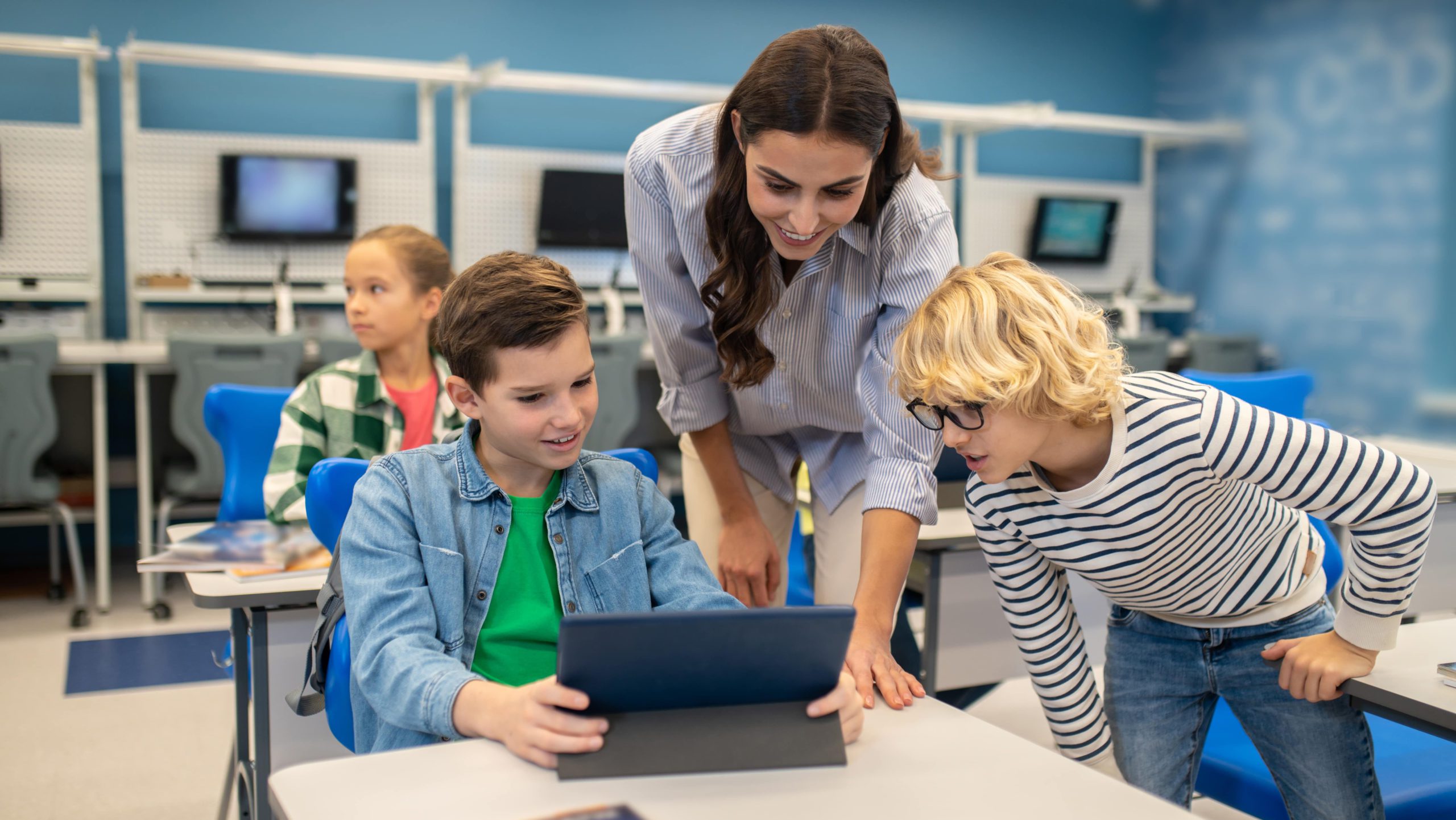
Why Technology Integration Matters in Modern Education
Technology integration has become essential in preparing students for a future where digital literacy is as fundamental as traditional literacy. In our interconnected world, students need to develop technological competencies that will prepare them for higher education and careers in an increasingly digital workplace. For teachers, technology integration represents a powerful opportunity to transform their professional practice, enhance their pedagogical effectiveness, and reclaim valuable time previously spent on repetitive administrative tasks. When implemented thoughtfully, technology can transform passive learning environments into dynamic, interactive spaces where students actively engage with content, collaborate with peers, and develop critical thinking skills.
The digital transformation of education isn’t just about keeping pace with technological trends—it’s about leveraging these tools to create more effective, equitable, and engaging learning experiences for all types of learners. Teachers benefit tremendously from this transformation, gaining access to expanded professional learning networks, research-based instructional resources, and innovative teaching methodologies that were previously inaccessible. Technology can help bridge learning gaps, provide access to resources beyond classroom walls, and offer personalized learning pathways that accommodate diverse learning needs and styles.
The Benefits of Classroom Technology Integration
When implemented thoughtfully, technology can transform the educational experience for both students and teachers, creating more dynamic, personalized, and effective learning environments. Here are some of the top benefits of effective integrated technology:
Student Engagement and Participation
Technology transforms learning into an interactive experience, significantly increasing student engagement. Tools like gamification, augmented reality, and virtual reality make abstract concepts more tangible, helping students grasp complex ideas in subjects like math, science, and history. Teachers who leverage these technologies can create more impactful lessons that resonate with digital natives, while gaining valuable insights into student comprehension through real-time participation data. Instant feedback mechanisms further enhance motivation by allowing students to see their progress in real time, fostering a sense of accomplishment and encouraging active participation.
Increased Class Collaboration
Digital platforms revolutionize collaboration by enabling seamless teamwork regardless of physical location. Tools like Google Workspace and collaborative whiteboards allow students to work together on projects, share ideas, and provide peer feedback in real time. This fosters a more inclusive environment where students learn critical communication and teamwork skills, preparing them for future workplaces that rely heavily on remote student collaboration tools.
Supporting Different Learning Styles
Technology’s ability to adapt content to individual needs ensures that every student has an equitable learning experience. Adaptive platforms analyze progress and provide tailored instruction, allowing struggling learners to revisit foundational concepts while advanced students explore more challenging material. Teachers benefit tremendously from these tools, as they extend the educator’s reach and capacity to differentiate instruction without requiring the creation of multiple lesson plans from scratch. This personalized approach supports diverse learning styles and creates a classroom environment where all students can thrive.
Improved Teacher Productivity and Efficiency
By streamlining administrative tasks like grading, assignment distribution, and communication, technology frees teachers to focus on what matters most—teaching. Learning management systems act as centralized hubs for organization, helping teachers save time while enhancing classroom efficiency. Rather than replacing teachers, these technologies amplify their impact by automating routine tasks and providing actionable analytics that inform instructional decisions. This allows educators to dedicate more attention to personalized instruction and meaningful student interactions.

Developing Essential Digital Literacy Skills
Technology integration equips students with critical digital literacy skills that are essential in today’s world. From coding and data analysis to online research and digital communication, these competencies prepare learners for higher education and the workforce. Teachers who guide students through these digital learning experiences simultaneously develop their own technological fluency, staying current with evolving educational practices and expanding their professional capabilities. Exposure to technology also reduces anxiety about using new tools, empowering students to navigate digital environments confidently throughout their lives
Challenges of Implementing Technology in Education
Despite its numerous benefits, integrating technology into classrooms presents several significant challenges that educators and administrators must navigate carefully.
Teacher Training and Adoption
Many educators lack the skills or confidence to effectively use digital tools. Comprehensive professional development programs are essential to help teachers integrate technology into their teaching practices meaningfully and to improve adoption rates.
Managing Screen Time and Digital Distractions
Digital devices can lead to distractions like social media or gaming. Schools must implement clear policies and provide effective oversight to balance engagement with minimizing disruptions caused by excessive screen time.
Cost and Budgeting Considerations
Technology requires significant investment in devices, software, connectivity, and support. Addressing the digital divide is crucial to ensure equitable access for all students while maintaining sustainable funding models, and expenditure and benefits are important to balance when choosing integrated technology.

8 Effective Technology Integration Strategies
Moving beyond adding devices to classrooms without a plan, these strategies represent thoughtful approaches to using technology to transform the learning experience. Each strategy leverages digital tools to create more engaging, personalized, and effective educational environments.
1. Flipped Classroom Approach
The flipped classroom reverses the traditional learning model by having students engage with instructional content at home and use class time for deeper exploration and application. Students watch video lectures or review digital materials before class, allowing in-person time to focus on discussions, problem-solving, and collaborative activities. This approach maximizes face-to-face interaction between teachers and students, providing more opportunities for personalized guidance and support. Digital whiteboards can enhance this strategy by allowing teachers to save and share class discussions and problem-solving sessions for later review.
2. Gamified Learning
Gamification harnesses the enjoyable nature of games to increase engagement and motivation. Educational games and gamified learning platforms like Kahoot!, Quizlet, and Quizzizz transform learning objectives into interactive challenges with points, badges, and leaderboards. This approach makes learning more lighthearted while providing immediate feedback and encouraging healthy competition. Gamification works particularly well for reinforcing concepts, practicing skills, and assessing understanding in a low-pressure environment.
3. Learning Management Systems
Learning Management Systems (LMS) like Google Classroom, Canvas, and Schoology create centralized digital hubs for classroom organization and communication. These platforms streamline assignment distribution, submission, and grading while providing a repository for resources and facilitating communication between teachers, students, and parents. An effective LMS serves as an educational management board for both teachers and students, helping everyone stay organized and focused on learning goals.
4. Digital Field Trips
Technology breaks down classroom walls by enabling virtual explorations of places students couldn’t otherwise visit. Virtual reality experiences, interactive maps, and live video connections with experts around the world expand students’ horizons without leaving the classroom. These digital field trips provide immersive learning experiences that make abstract concepts more concrete and memorable. They’re particularly valuable for subjects like history, science, and geography, where visualization enhances understanding.
5. Blended Learning
Blended learning combines traditional face-to-face instruction with online learning components to create a flexible, personalized educational experience. This approach allows students to have some control over the time, place, and pace of their learning while still benefiting from teacher guidance and peer interaction. Blended models can incorporate station rotations, where students cycle through different learning modalities, including digital activities, teacher-led instruction, and collaborative work.
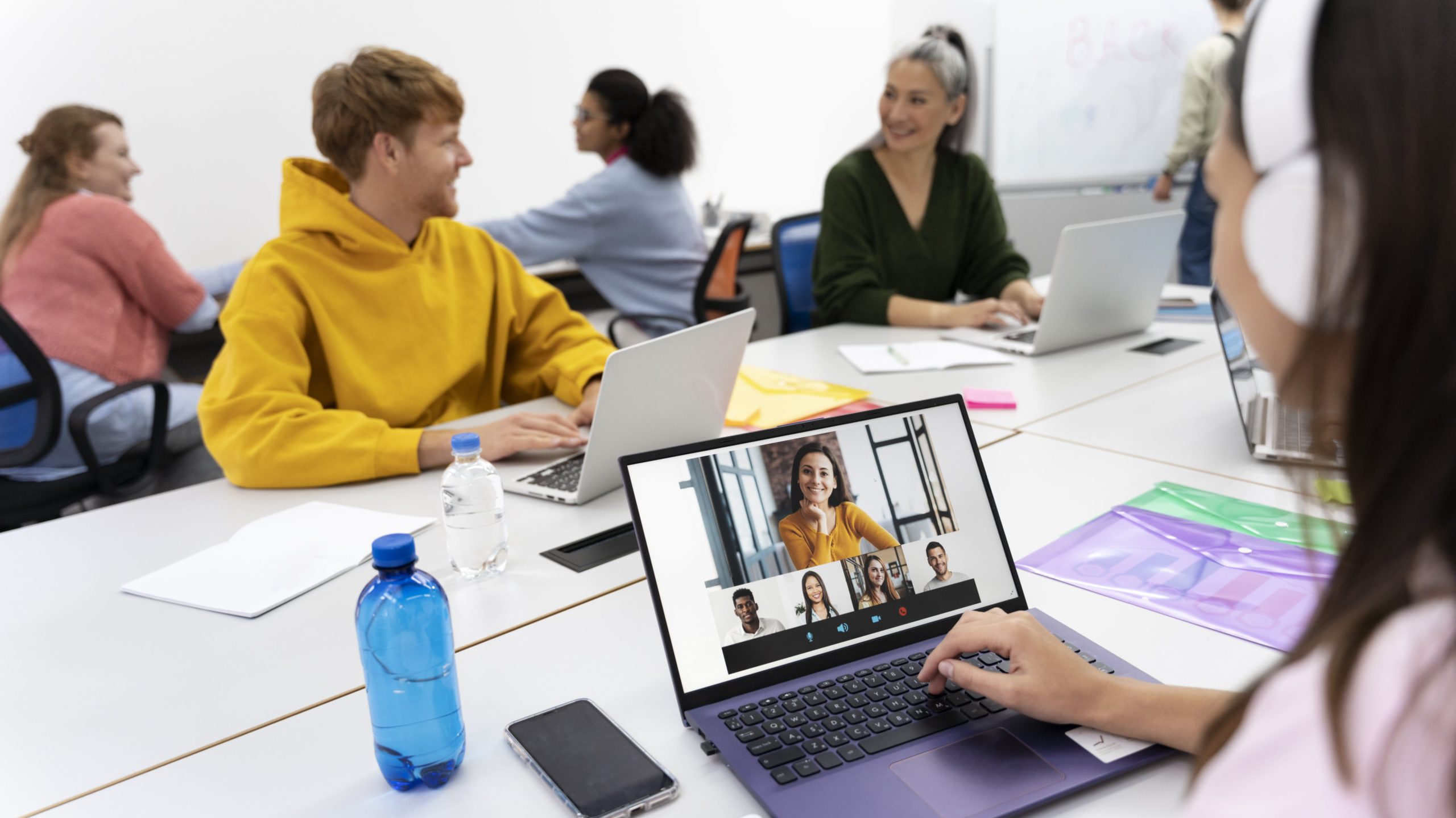
6. Differentiated Instruction
Technology enables teachers to tailor instruction to individual student needs, interests, and readiness levels. Adaptive learning platforms can automatically adjust content difficulty based on student performance, while teachers can assign different digital resources to students based on their learning profiles. This personalized approach helps ensure that all students are appropriately challenged and supported. Remote collaboration tools can facilitate small group instruction while other students work independently on digital assignments.
7. Interactive Multimedia Lessons
Multimedia lessons combine text, images, audio, video, and interactive elements to create engaging learning experiences that appeal to multiple learning modalities. Tools like PearDeck, Nearpod, Vibe Canvas, and interactive whiteboards transform passive presentations into active learning experiences where students can respond to questions, manipulate content, and demonstrate understanding in real time. These interactive approaches increase student attention and participation while providing teachers with immediate feedback on student comprehension.
8. Promote Digital Citizenship
As technology becomes more integrated into education, teaching responsible digital citizenship becomes increasingly important. Students need guidance on online safety, privacy, ethical behavior, and critical evaluation of digital information. Incorporating these lessons into technology-based activities helps students develop healthy digital habits and awareness. By modeling and explicitly teaching digital citizenship, educators prepare students to navigate online environments responsibly and productively throughout their lives.
Vibe Board S1: Purposeful Build for Classroom Integration
By thoughtfully implementing these strategies, educators can move beyond simply using technology as a substitute for traditional methods and instead leverage digital tools to transform the educational experience. The goal isn’t technology for technology’s sake, but rather using these powerful tools to create more engaging, personalized, and effective learning environments that prepare students for success in an increasingly digital world. Tools like the Vibe Board S1, a leading smart whiteboard, exemplify this transformation by fostering collaboration and interactivity in classrooms. With an intuitive interface and seamless integration with over 250 applications and collaboration tools, the Vibe Board S1 empowers educators to create dynamic learning experiences that align with modern educational needs.
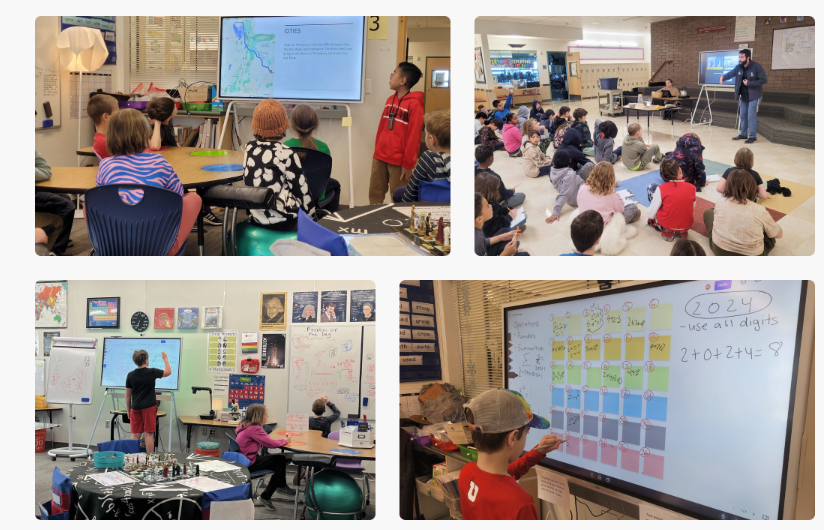 Four images showing Vibe interactive whiteboard integration in classrooms enhancing student engagement through collaborative learning activities and digital interaction.
Four images showing Vibe interactive whiteboard integration in classrooms enhancing student engagement through collaborative learning activities and digital interaction.




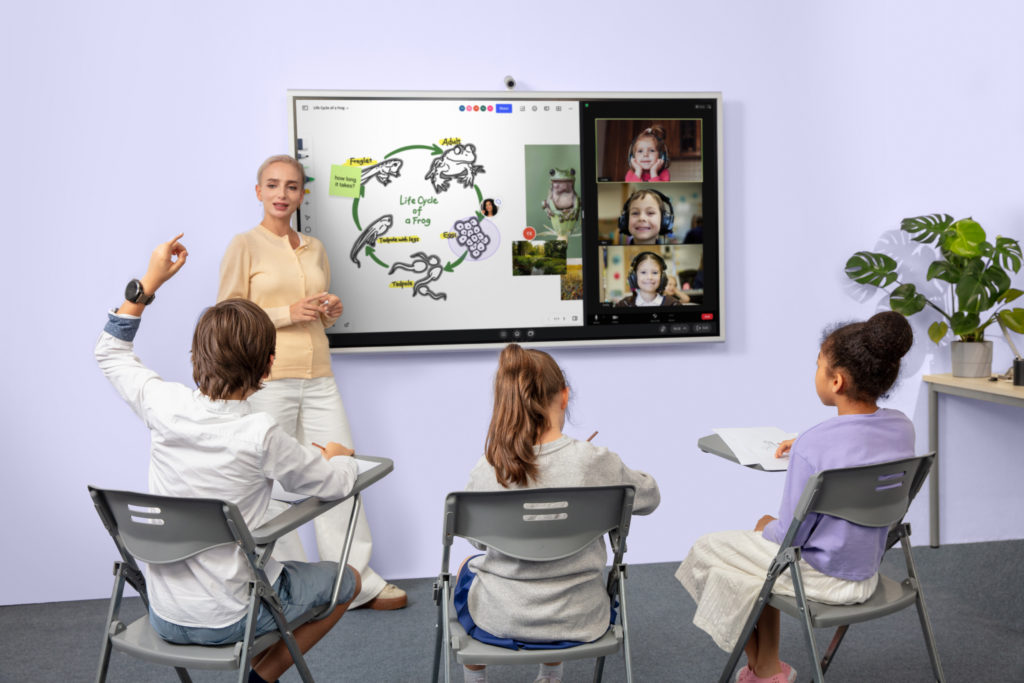

-1sbltxxq4FYxHrXrwJVLsCDNsXpqNa.webp)
-5Zp0pmSytvcuYDVs1LvuwplKuRneK0.webp)
